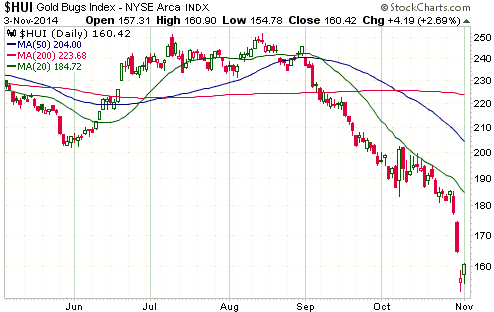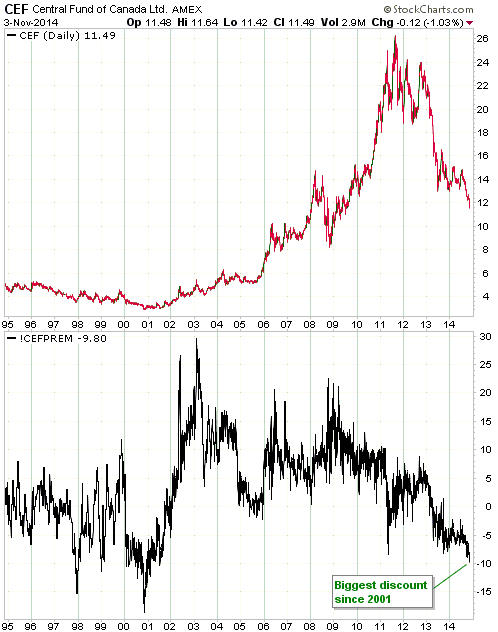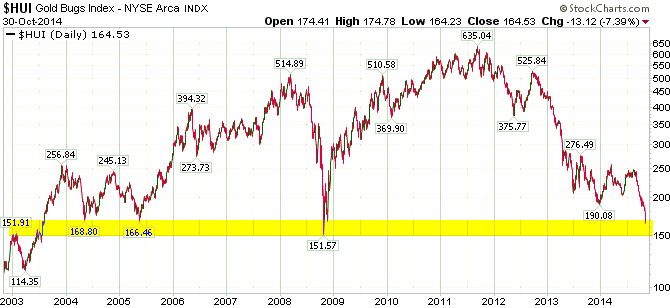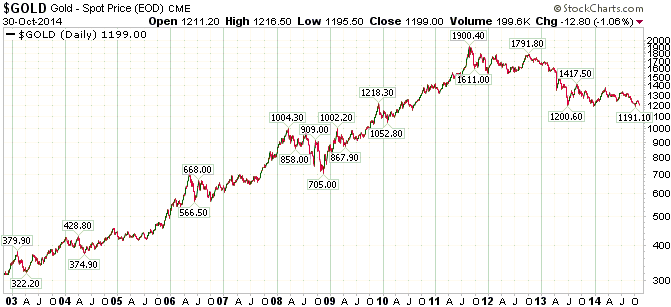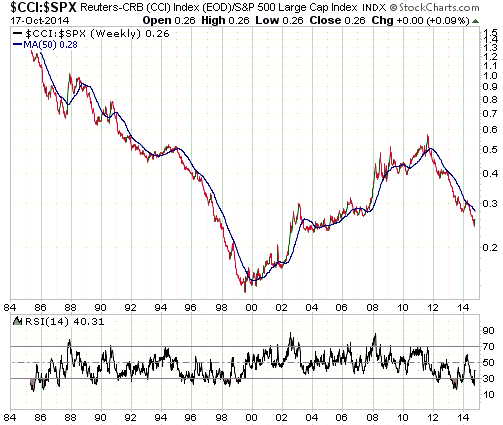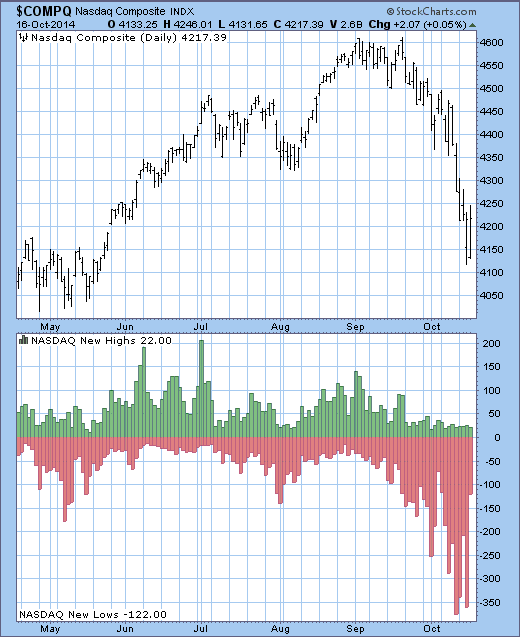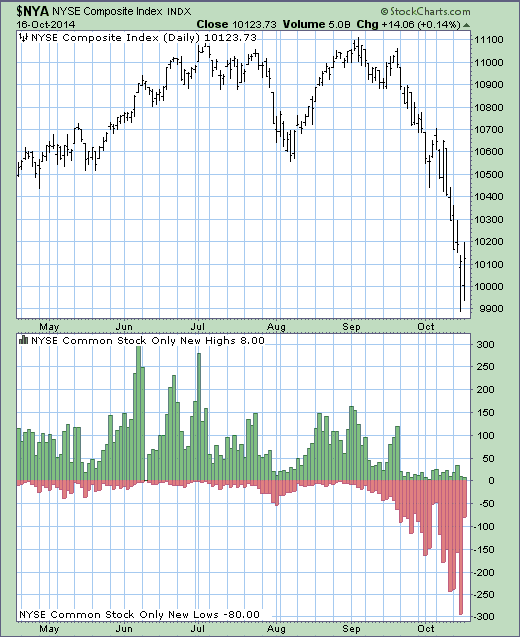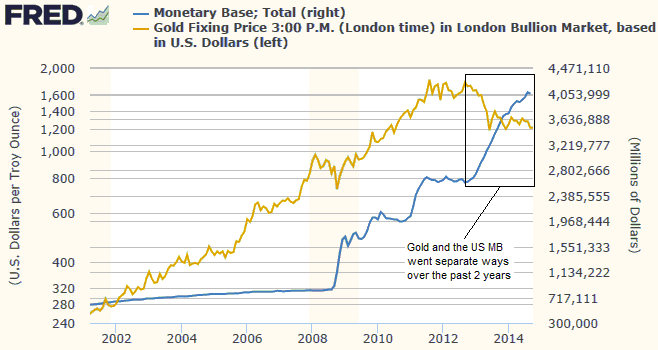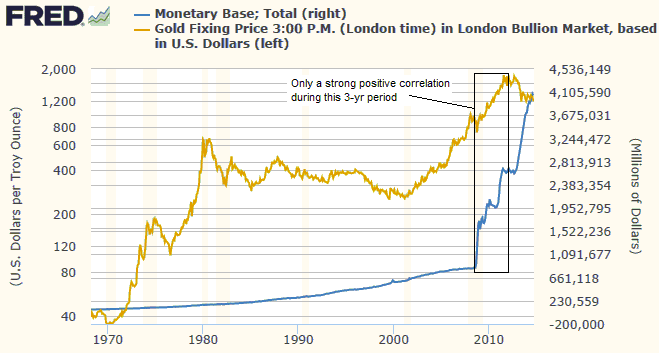I was just sent THIS LINK (thanks Richard) to a very interesting article. Actually, the entire web site (Capitalist Exploits) looks like it would be worth exploring, but at this stage I’ve only read the one article.
The article shows the average annual 3-year returns from a bombed-out sector, industry and country. For example, it points out that stock-market sectors that have fallen by 80% from their highs have, on average, achieved a nominal return of 172% per year over the ensuing 3 years.
With GDXJ having suffered a peak-to-trough shellacking of 87%, this has relevance to the gold-mining sector.
The gold sector’s 2-3 year risk/reward is phenomenally attractive, regardless of whether or not gold’s long-term bull market is intact. However, it would be unwise to attempt to take advantage of this exceptional intermediate-to-long-term profit potential via leveraged ETFs. I explained why in a previous post.
 Print This Post
Print This Post



















